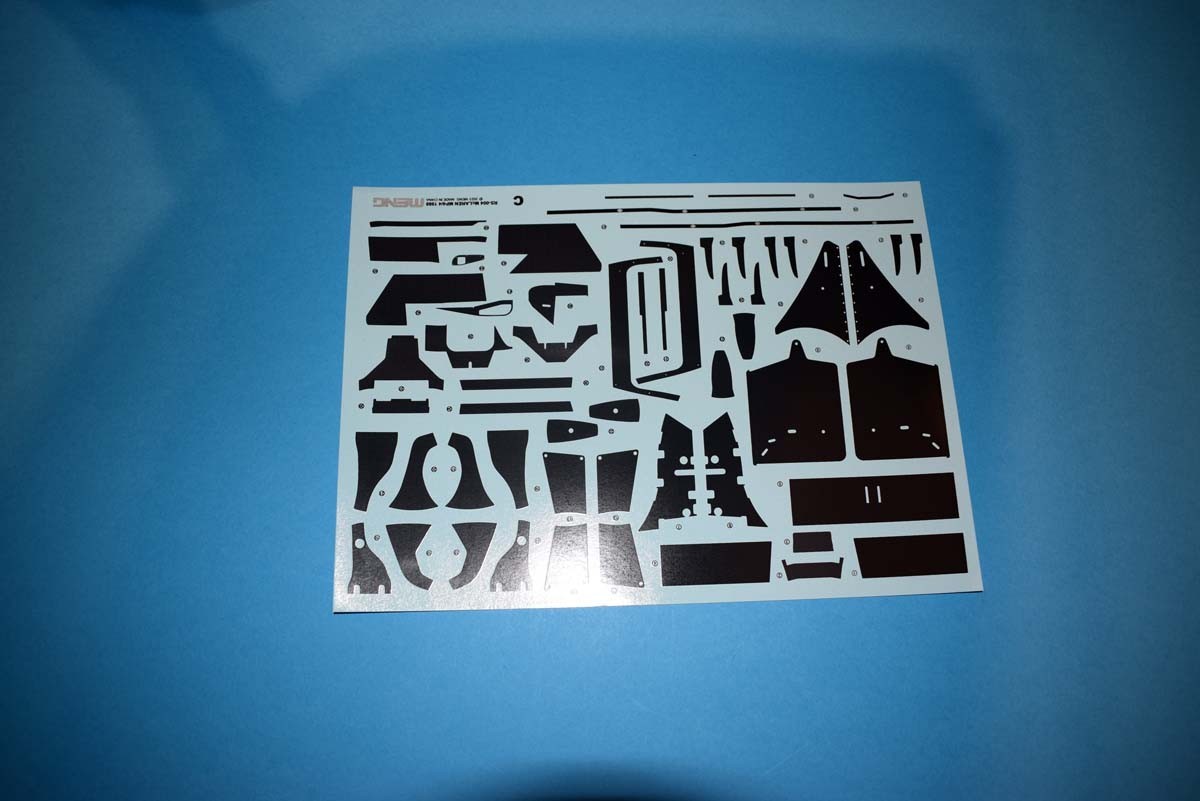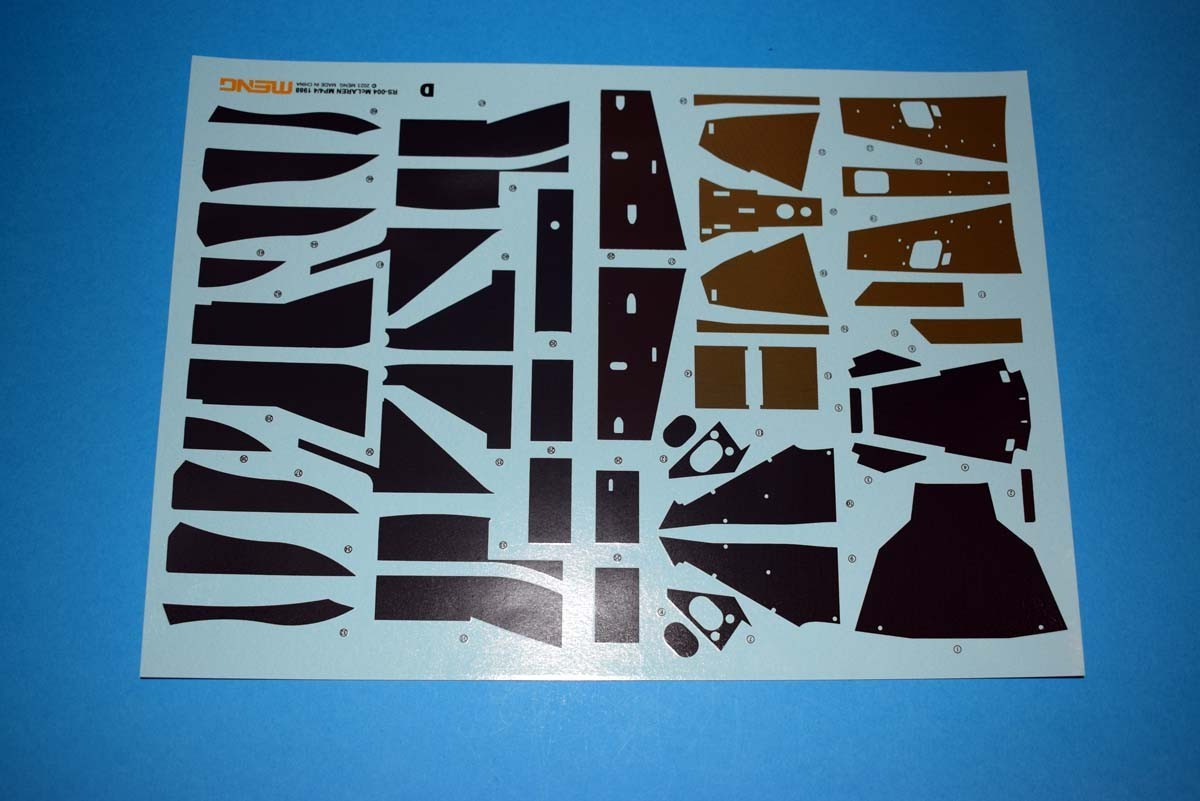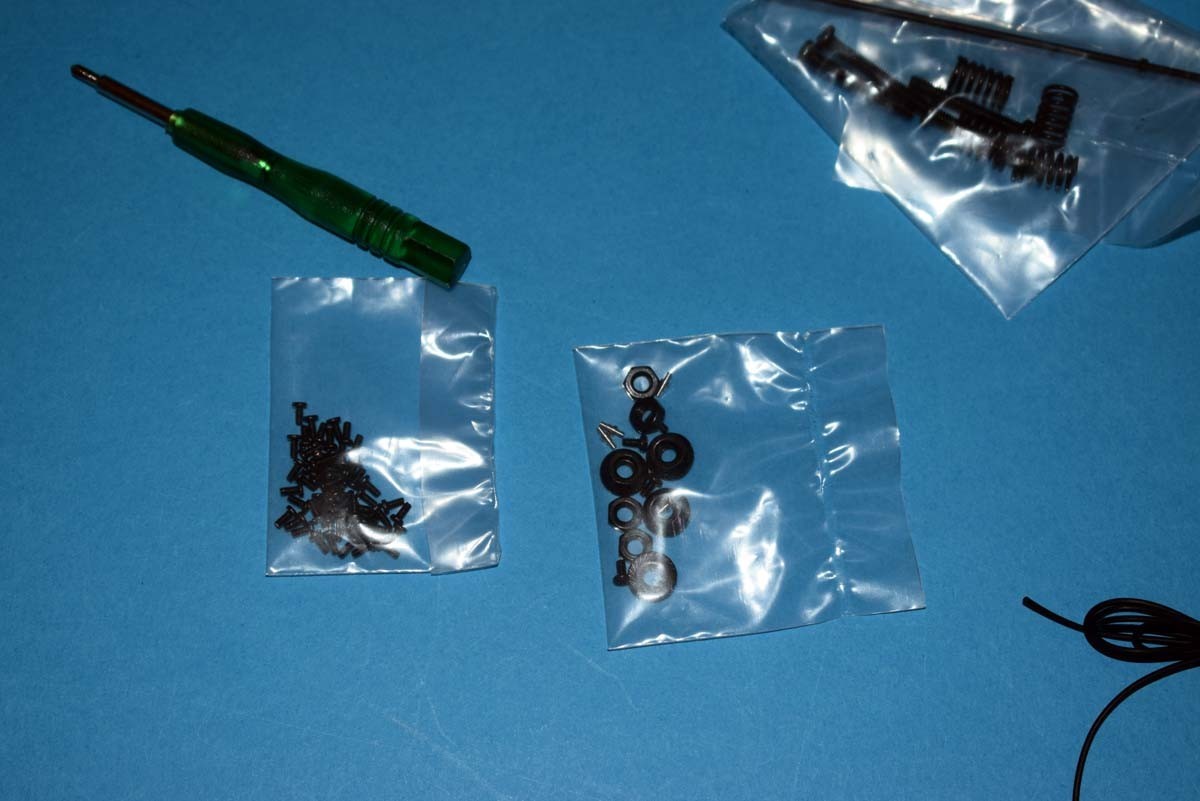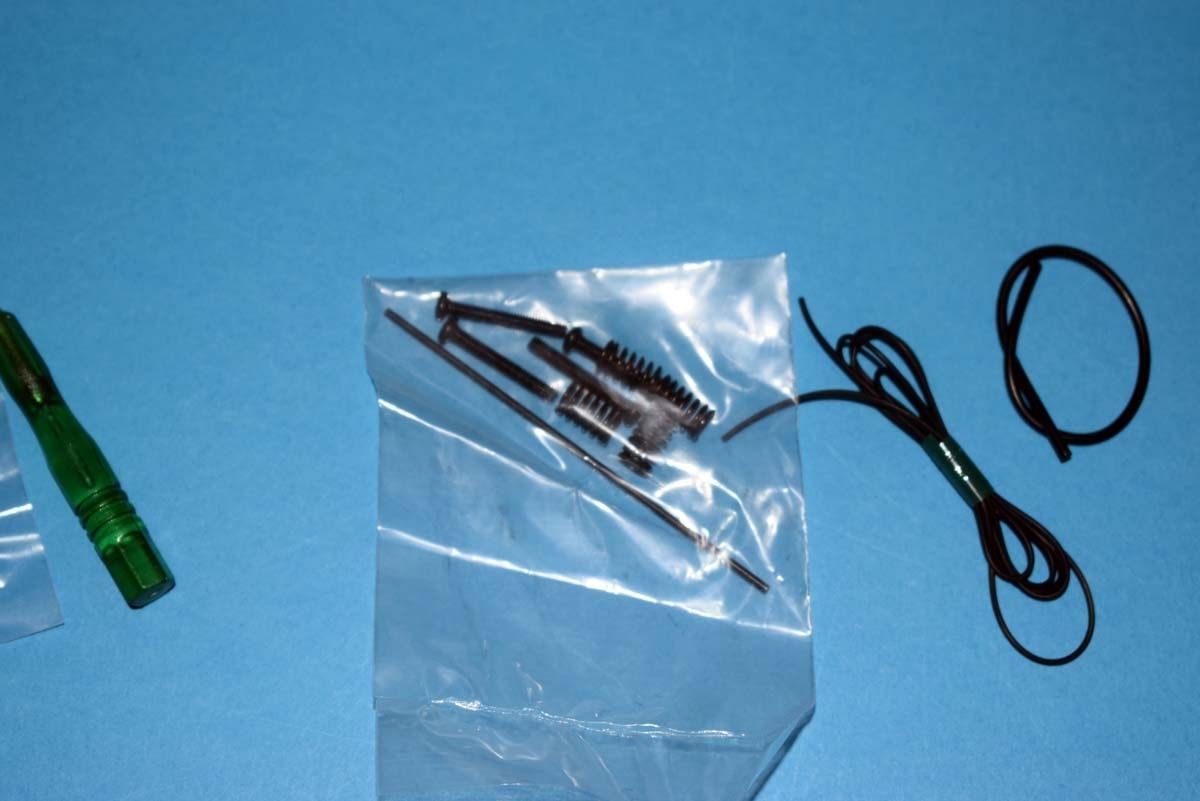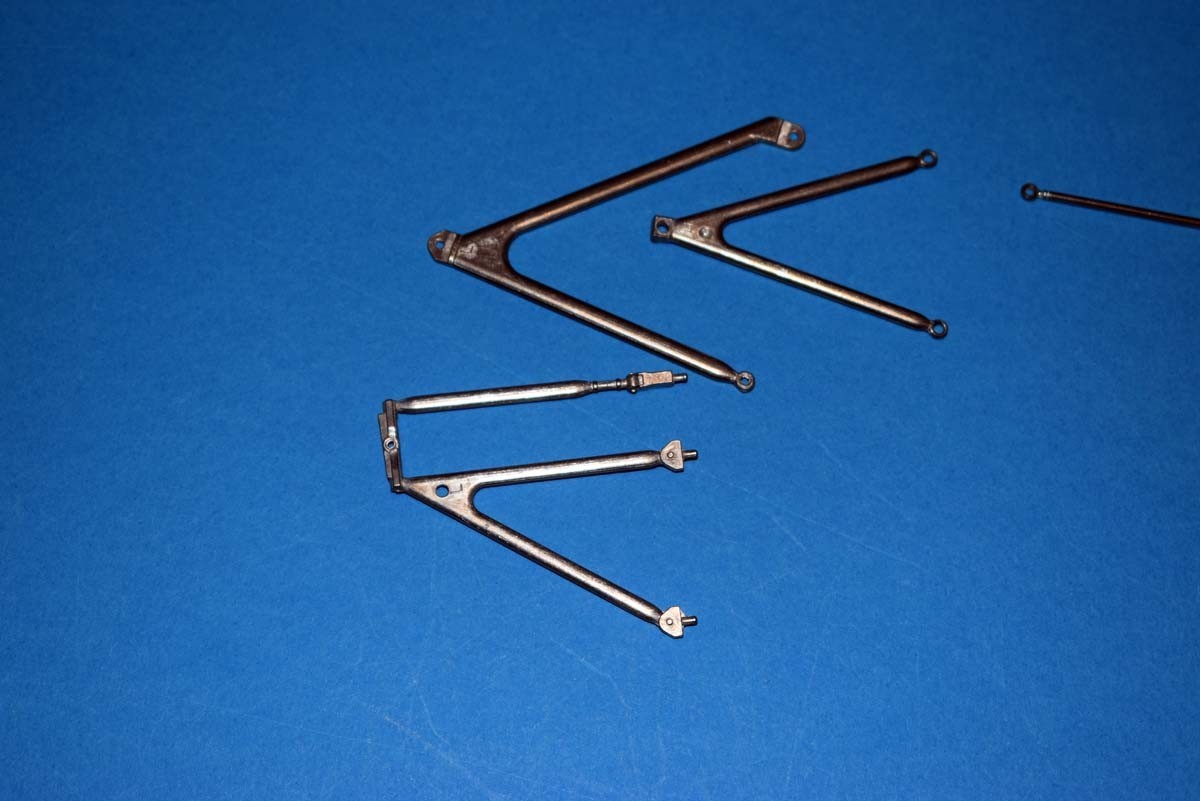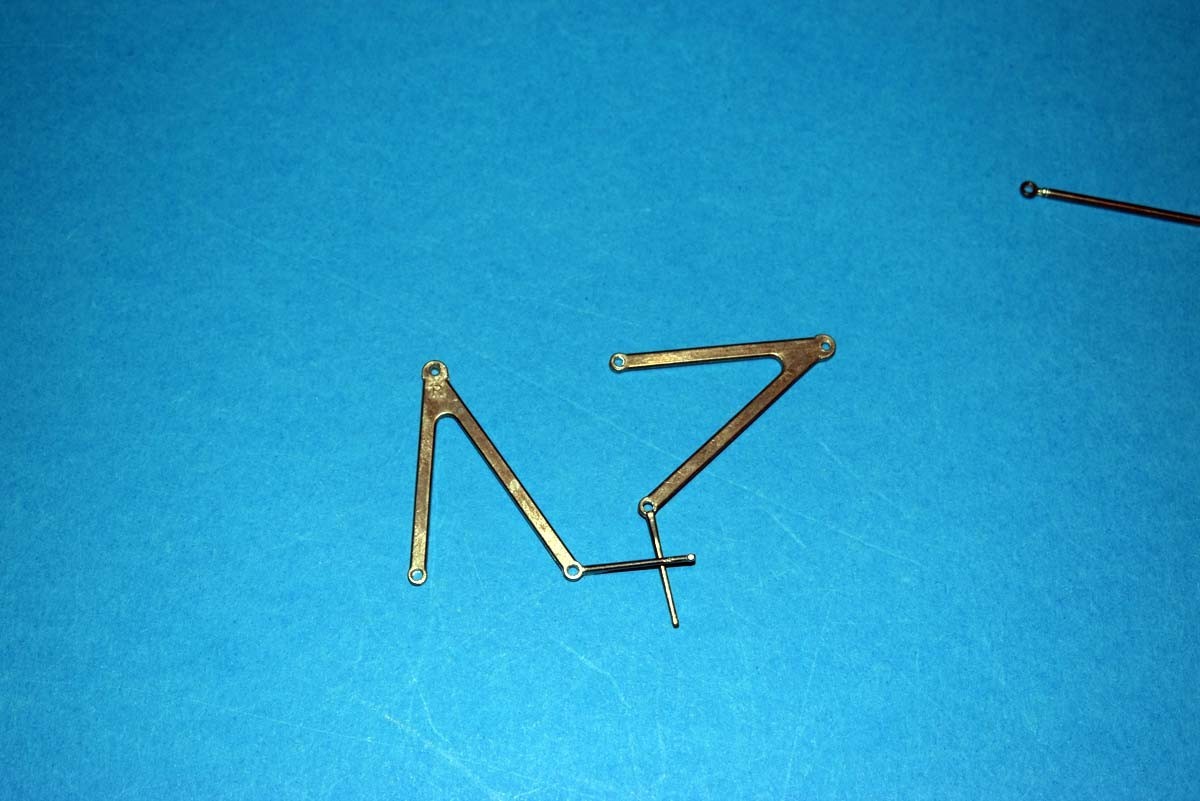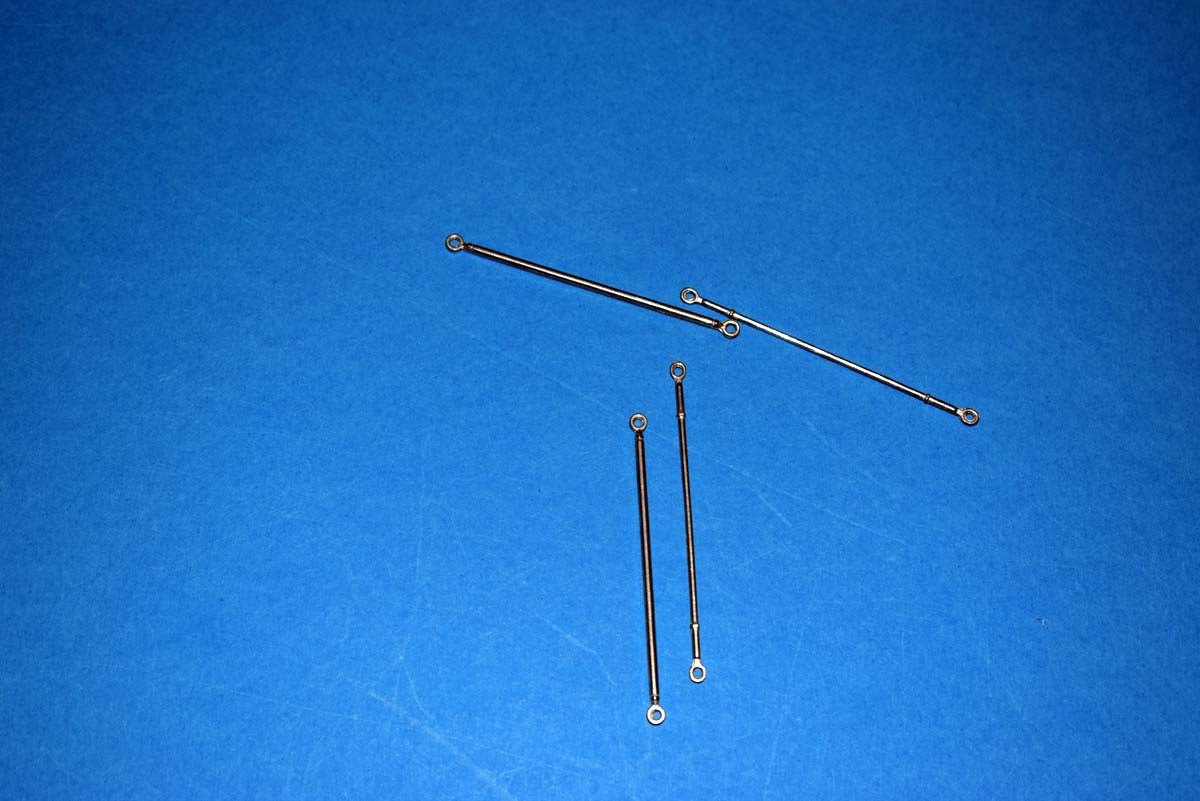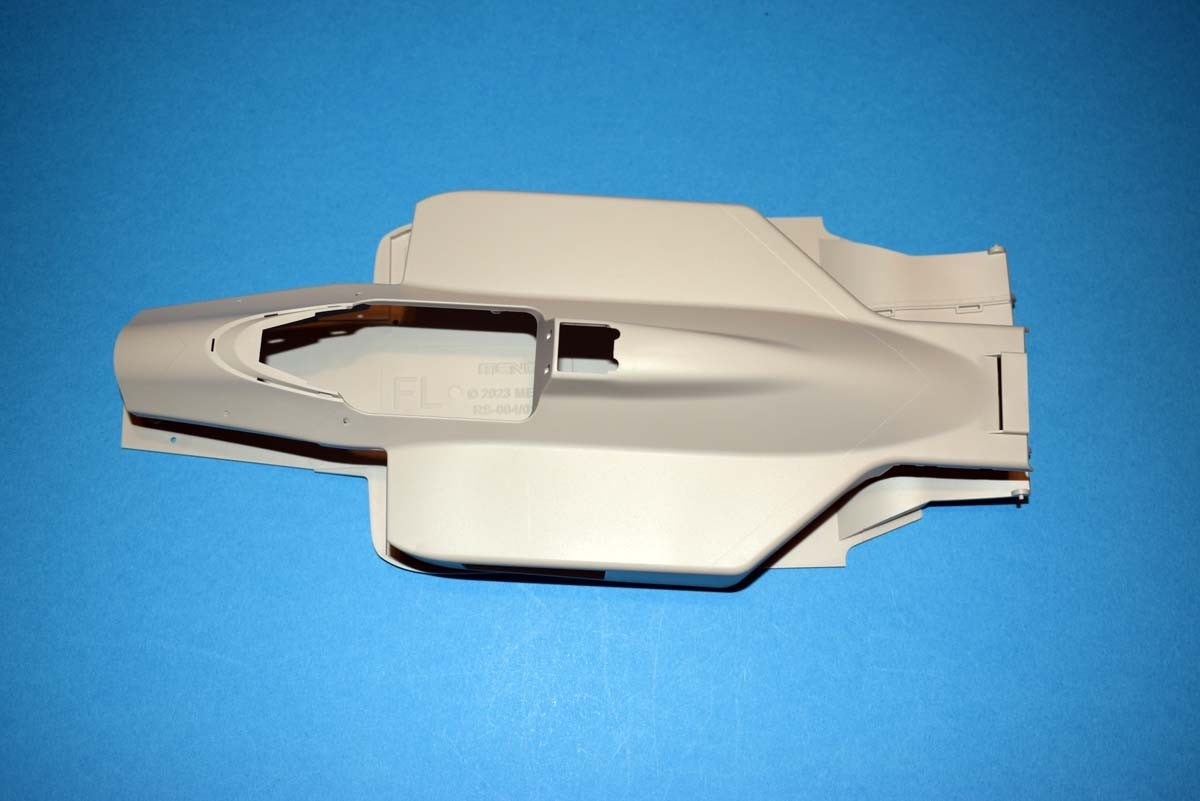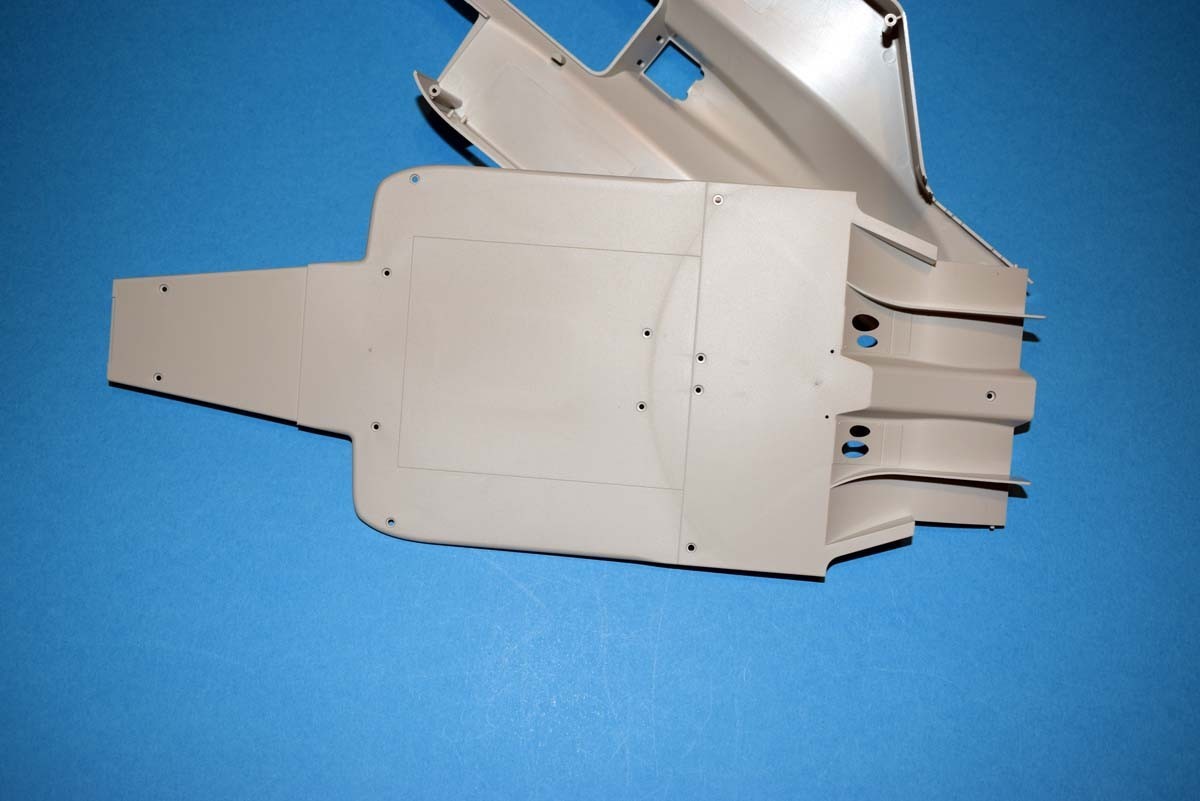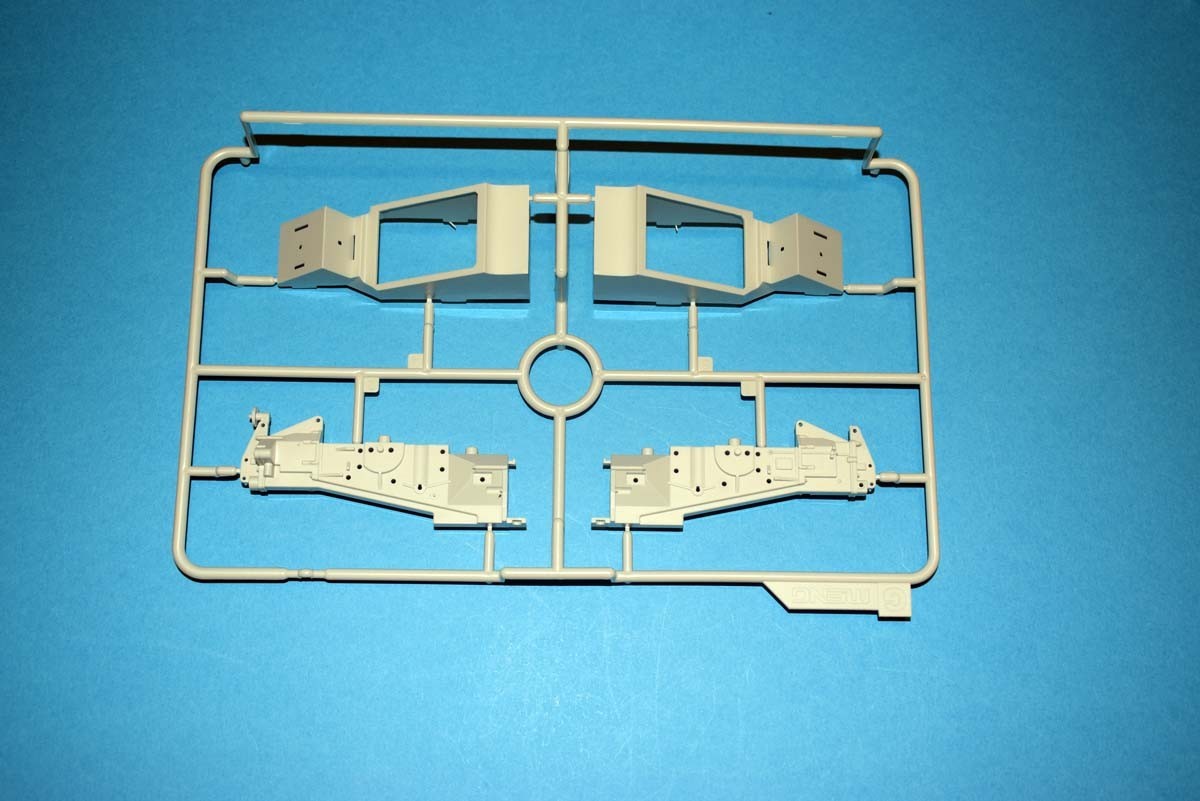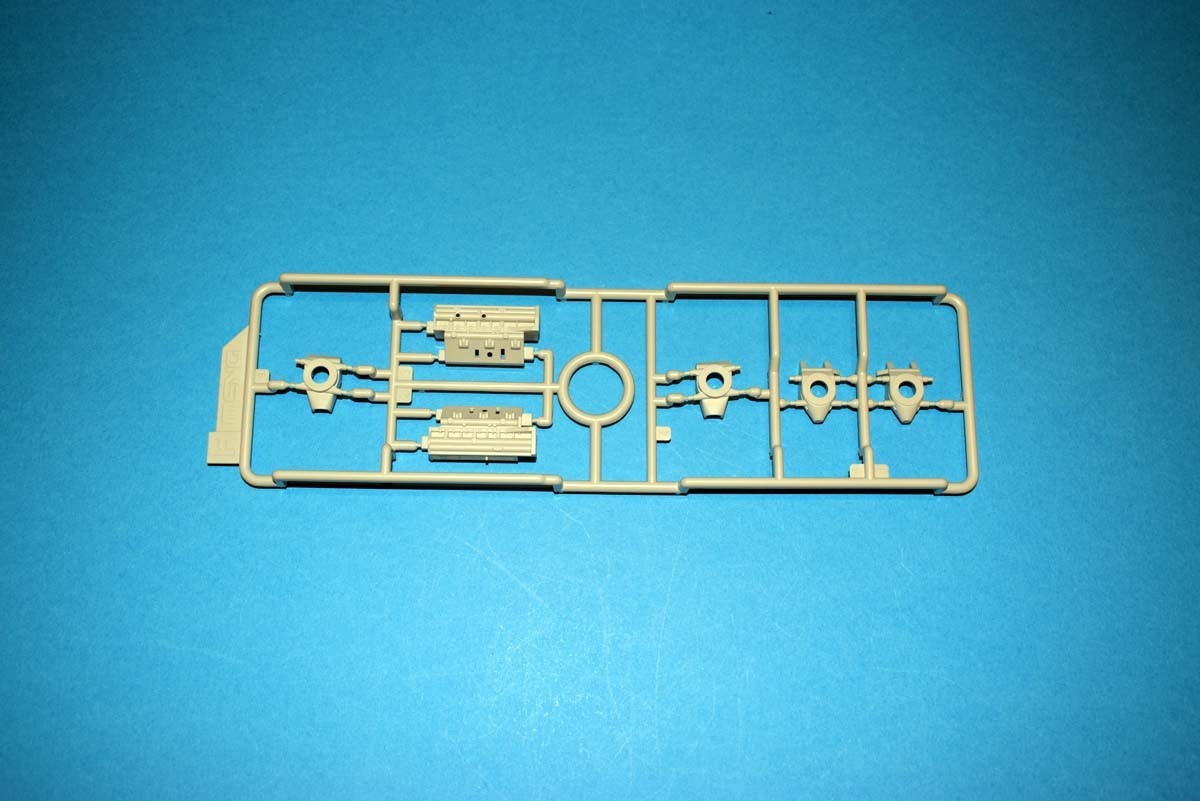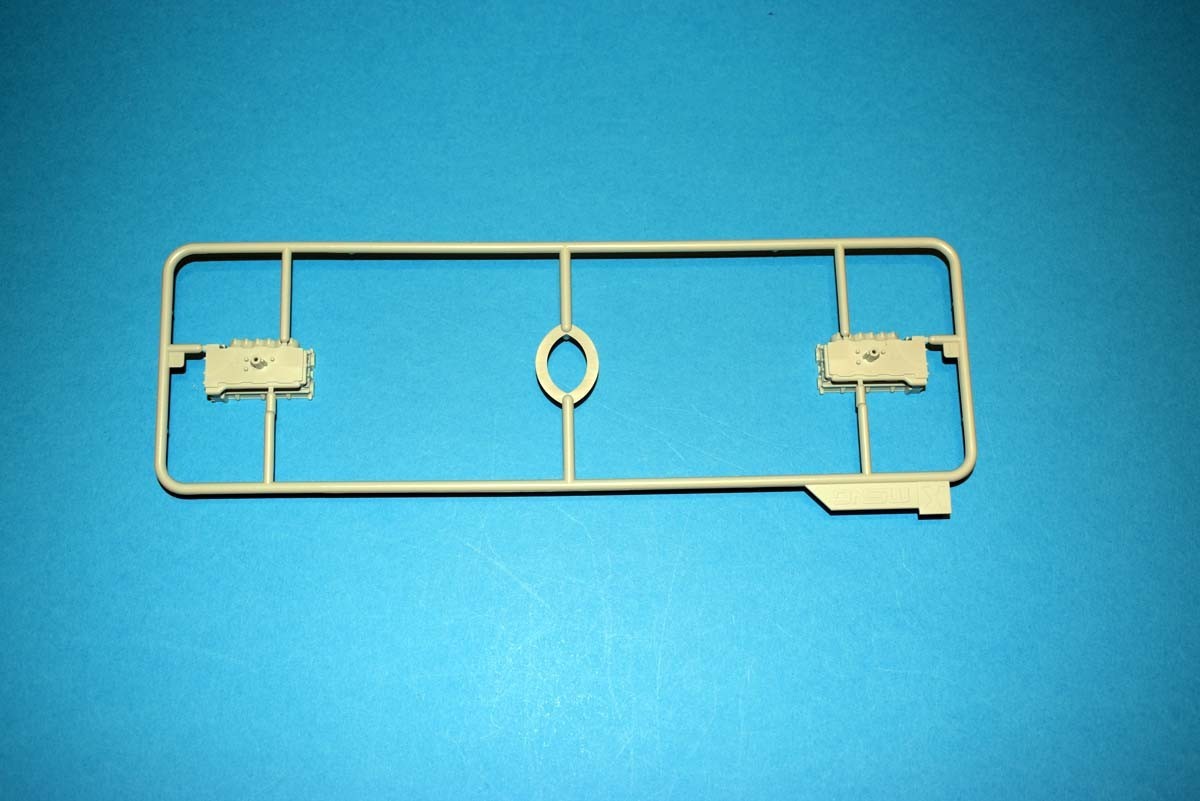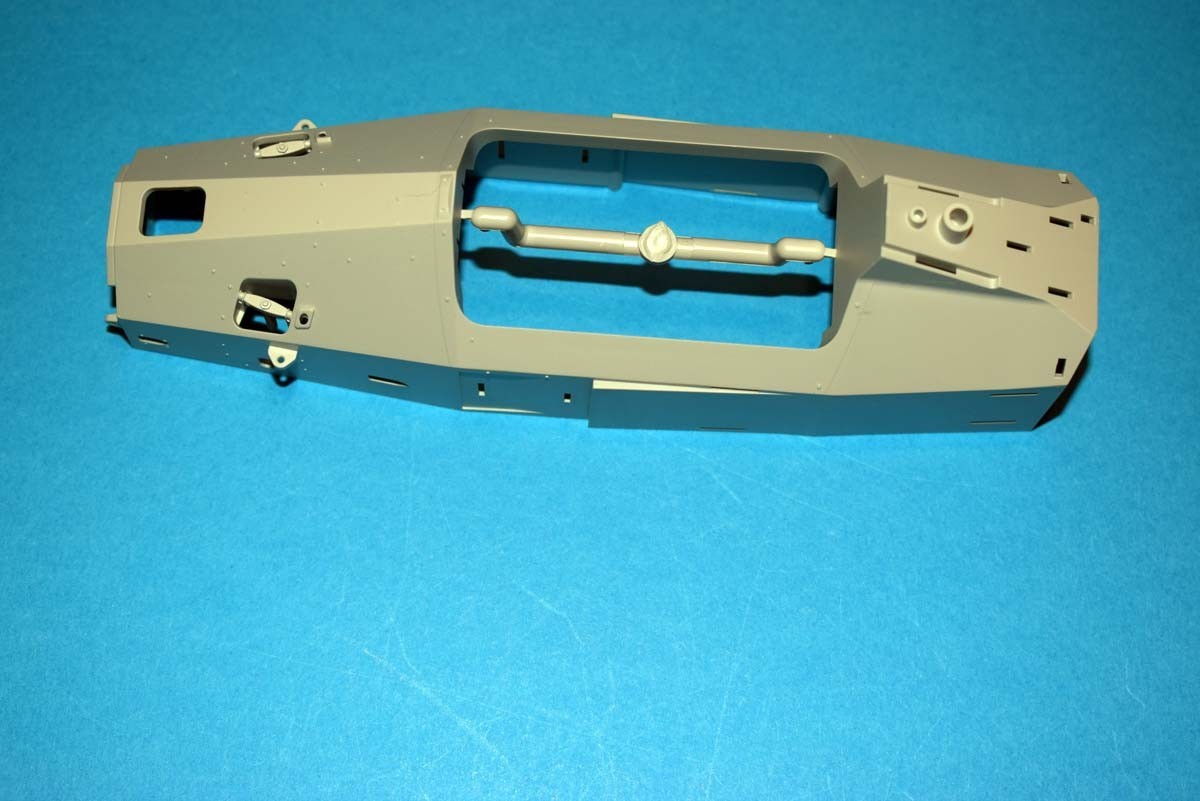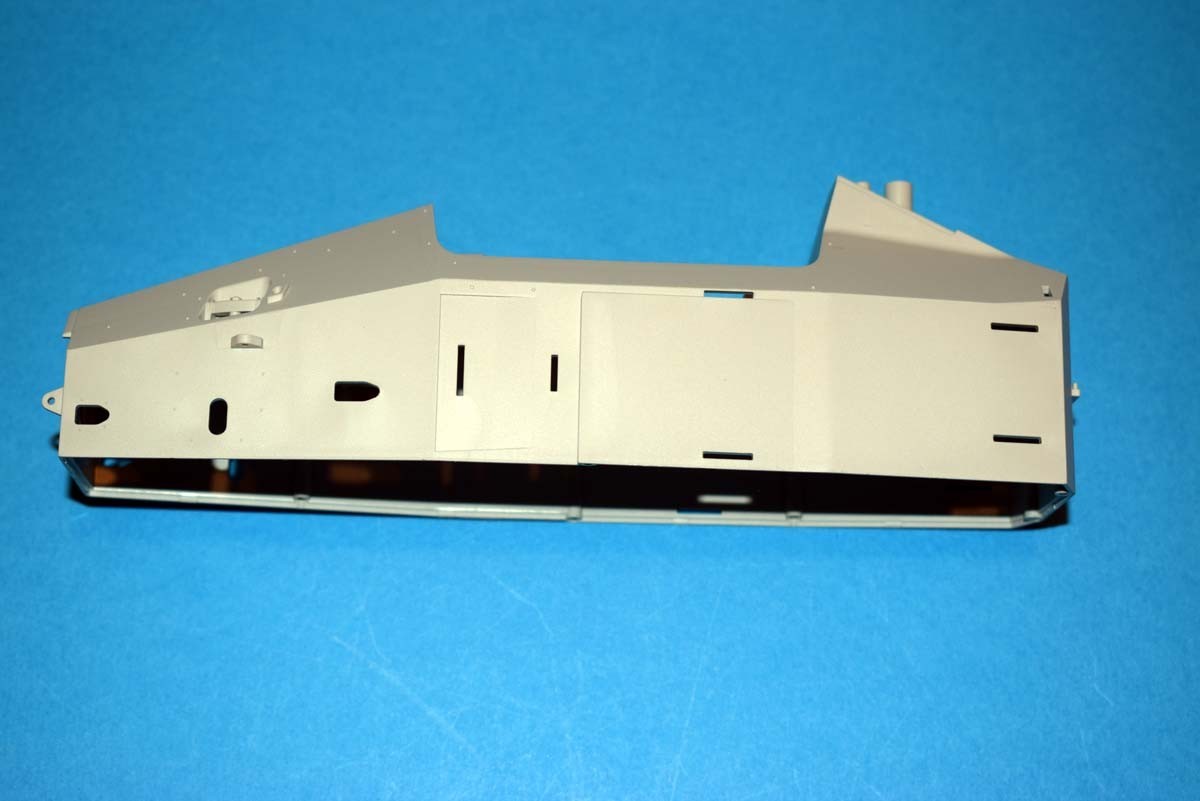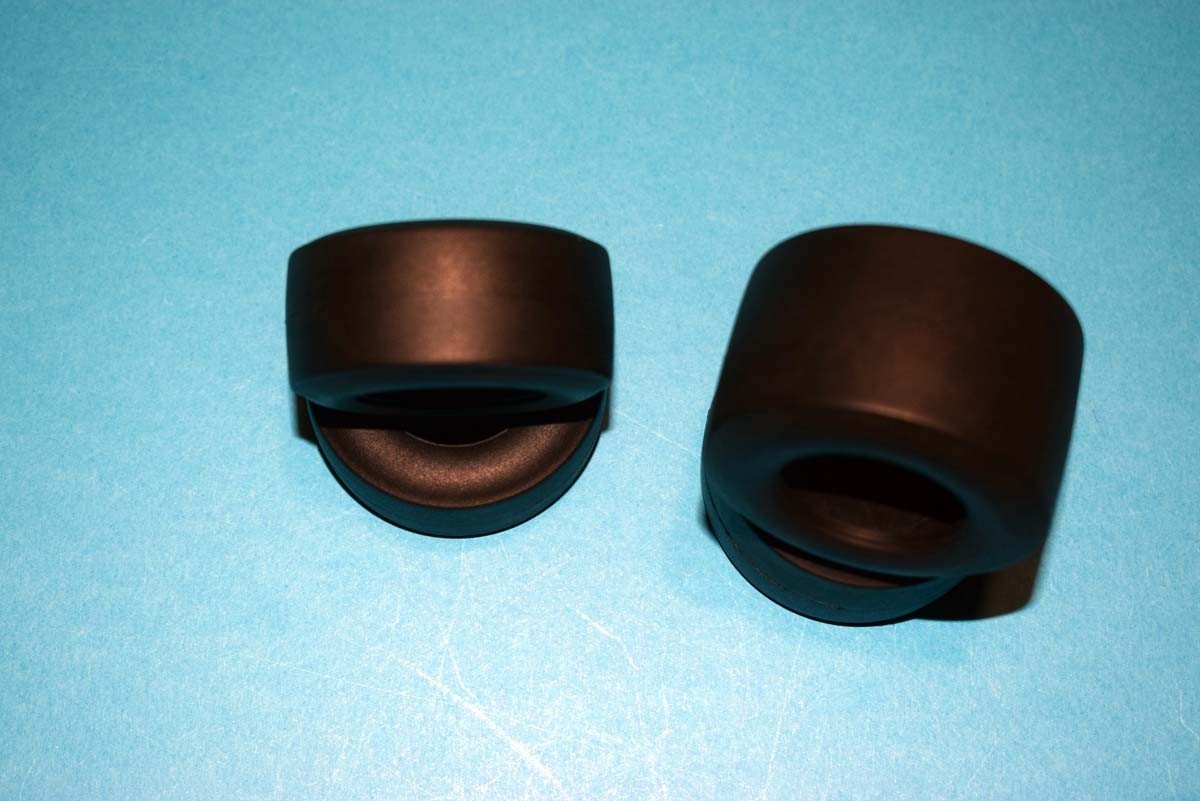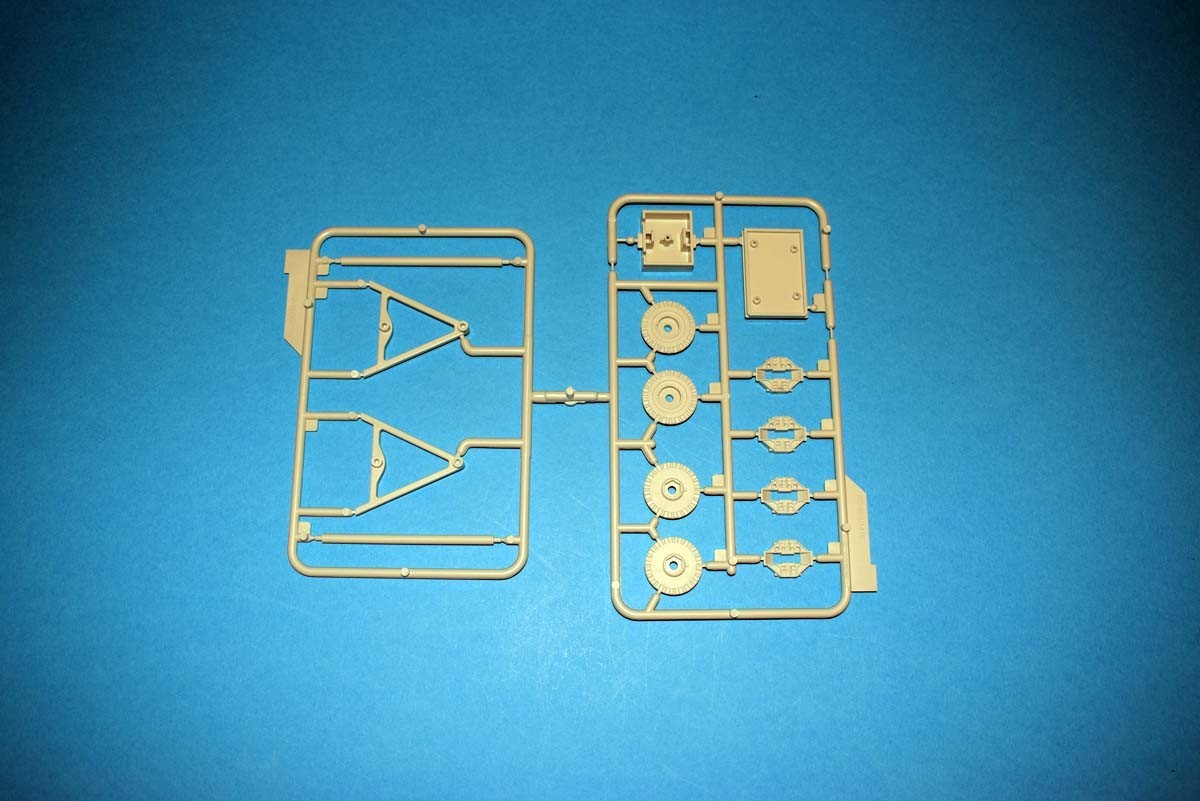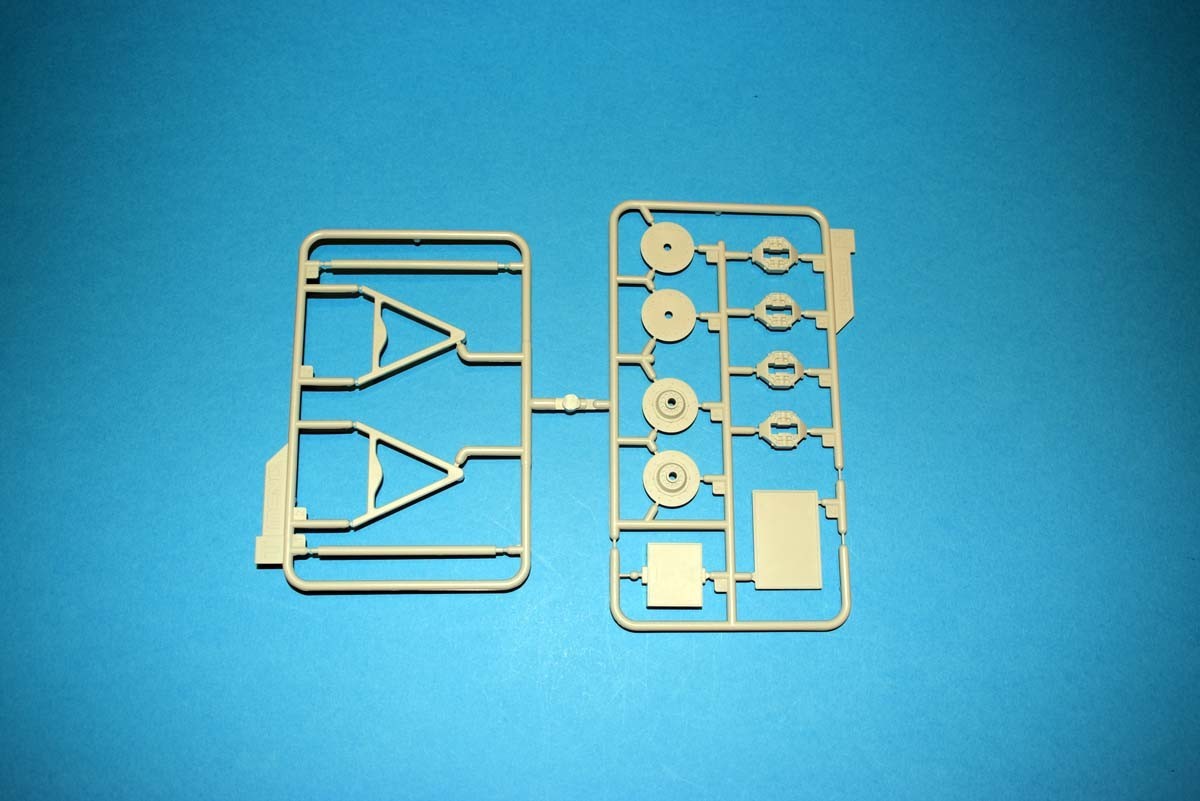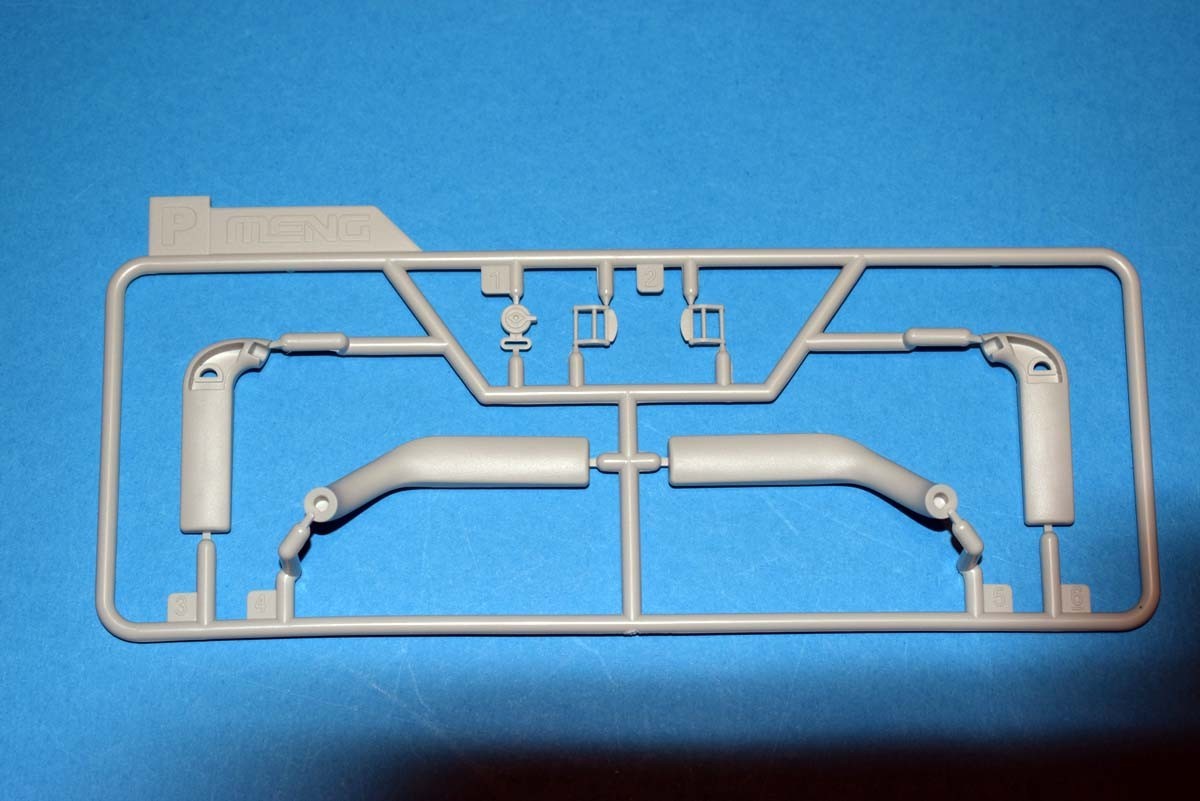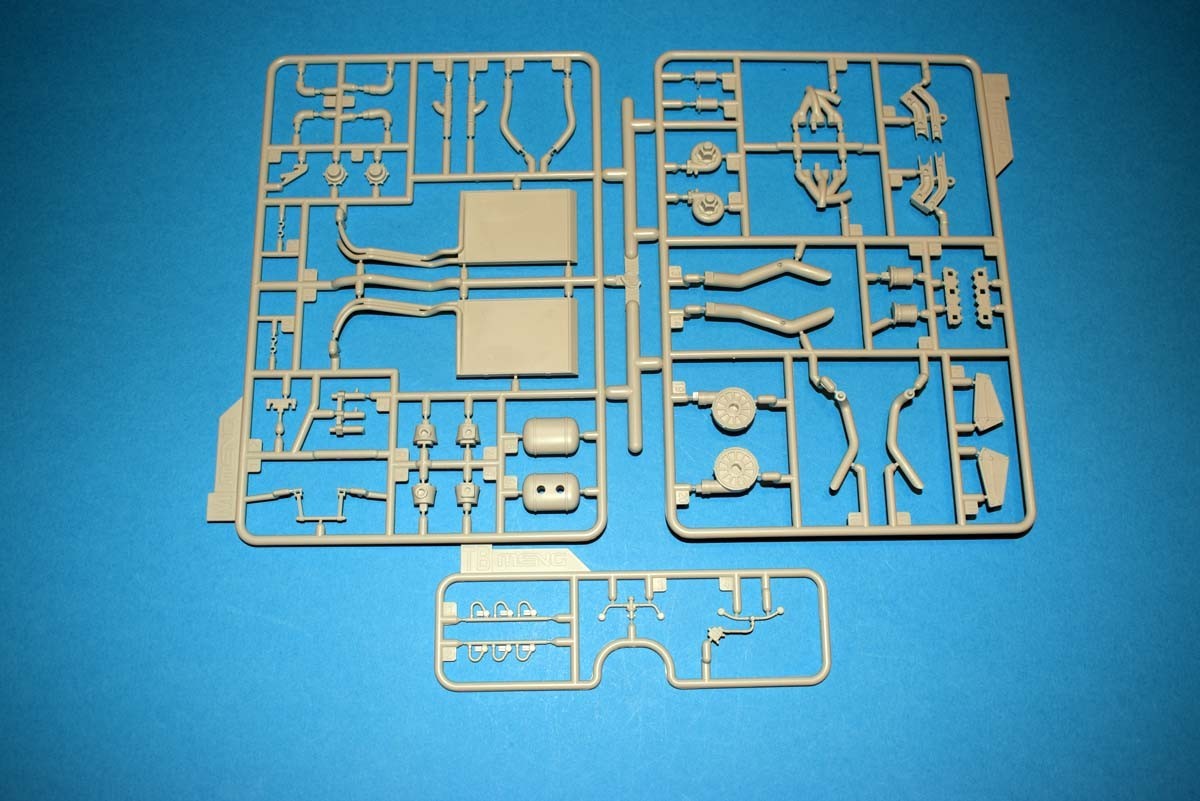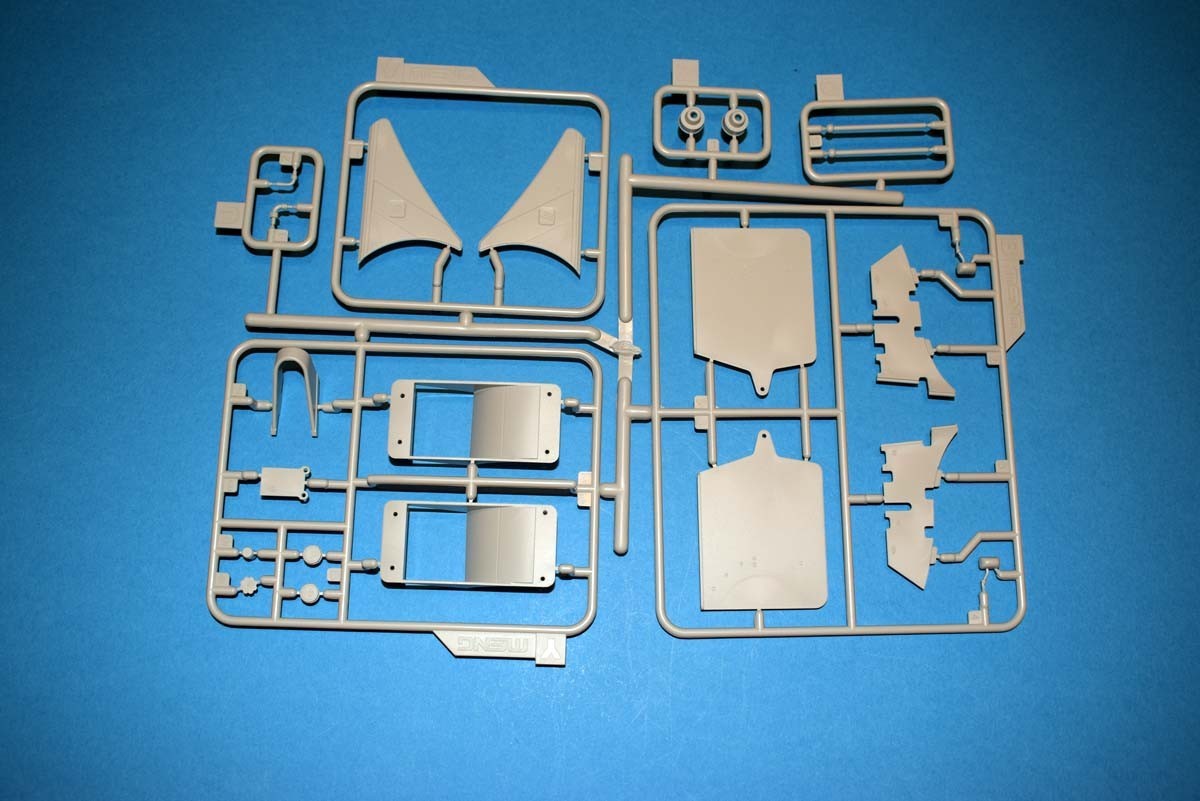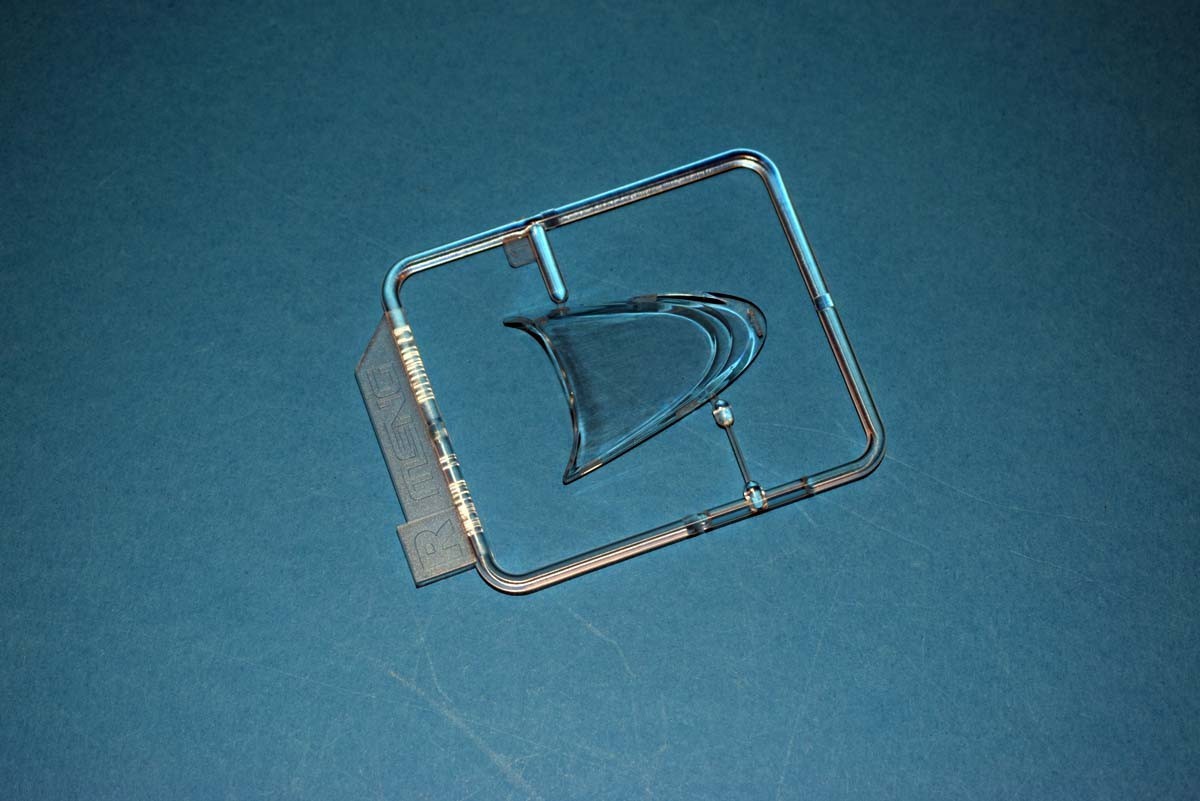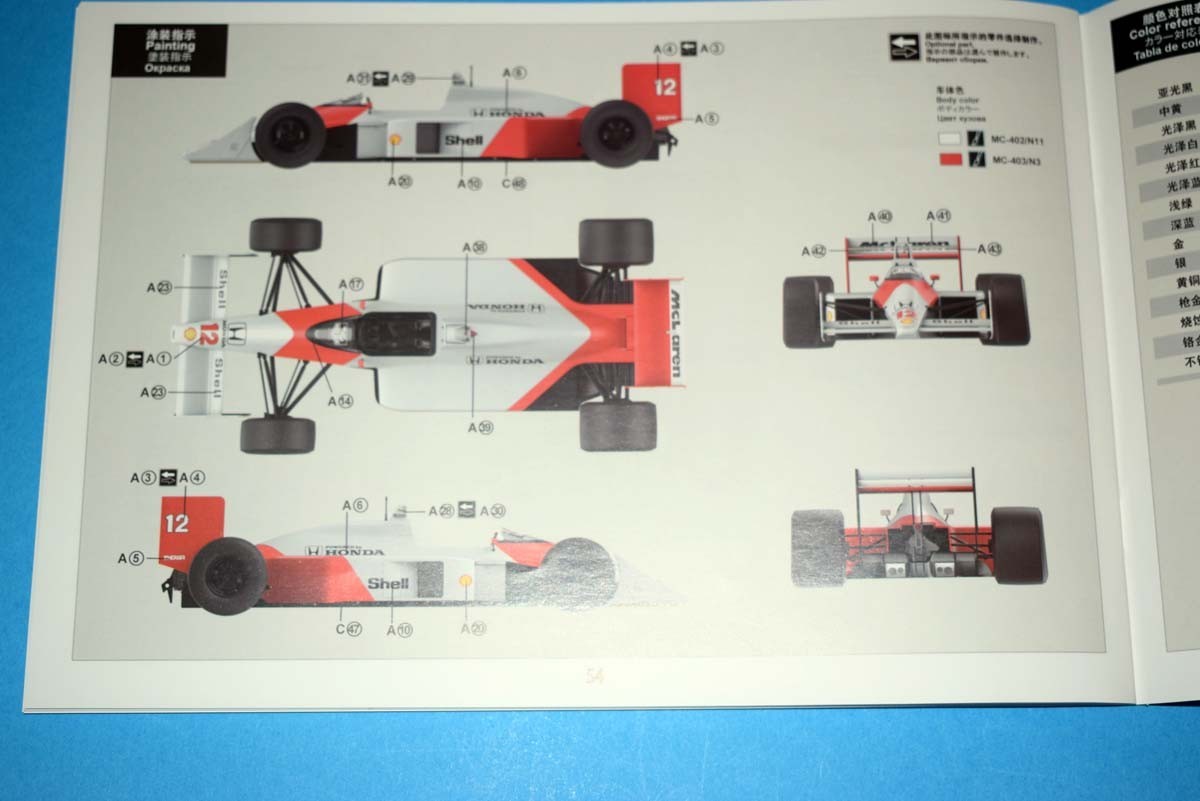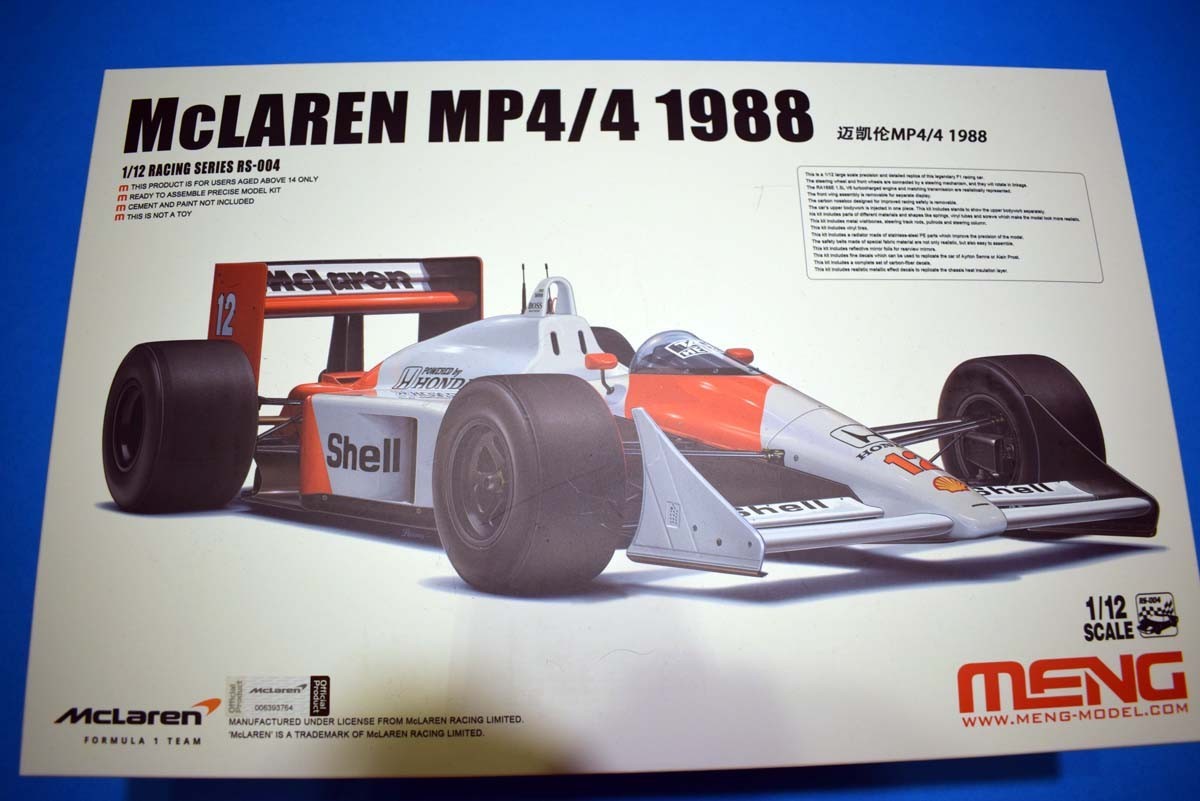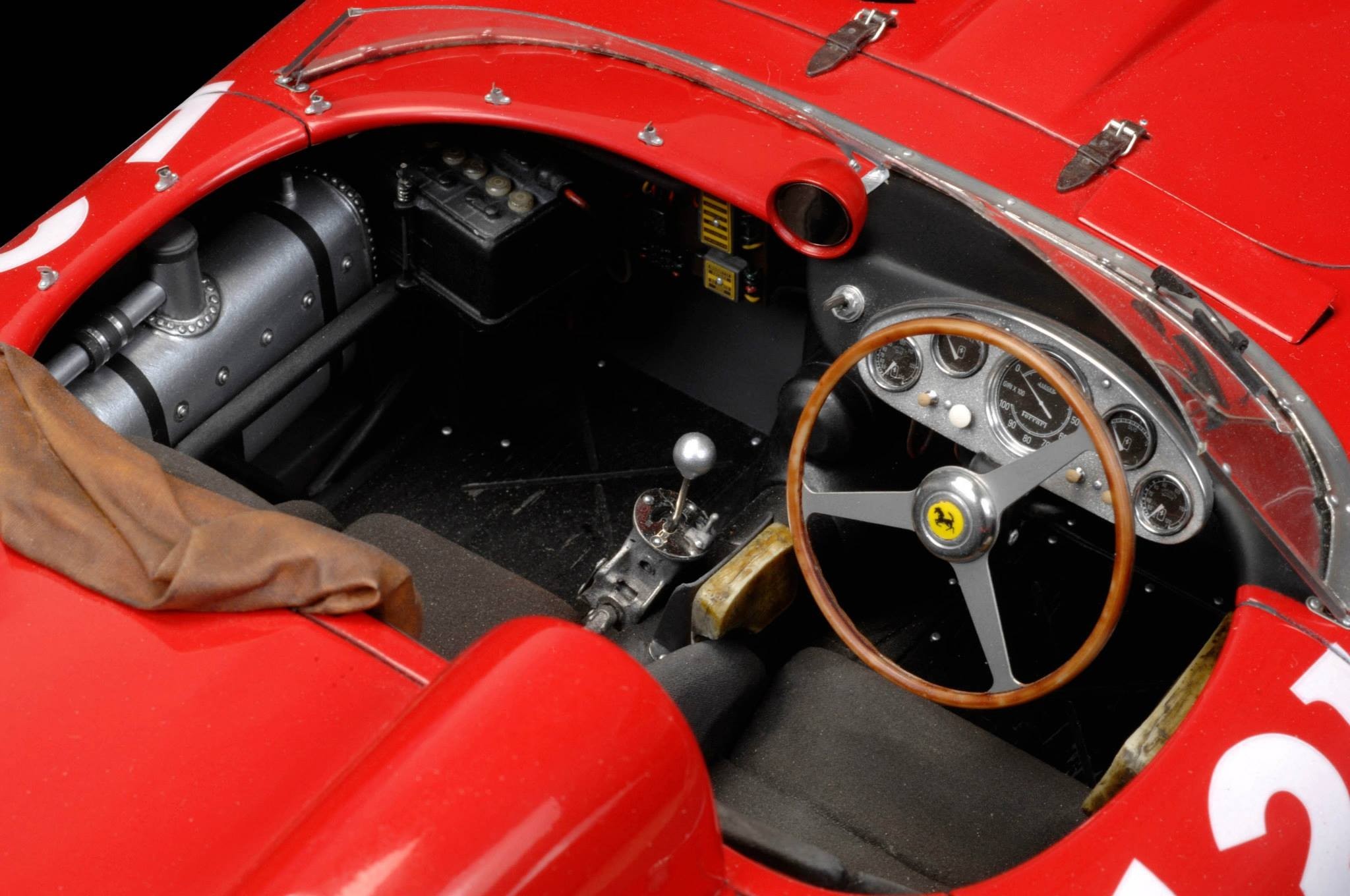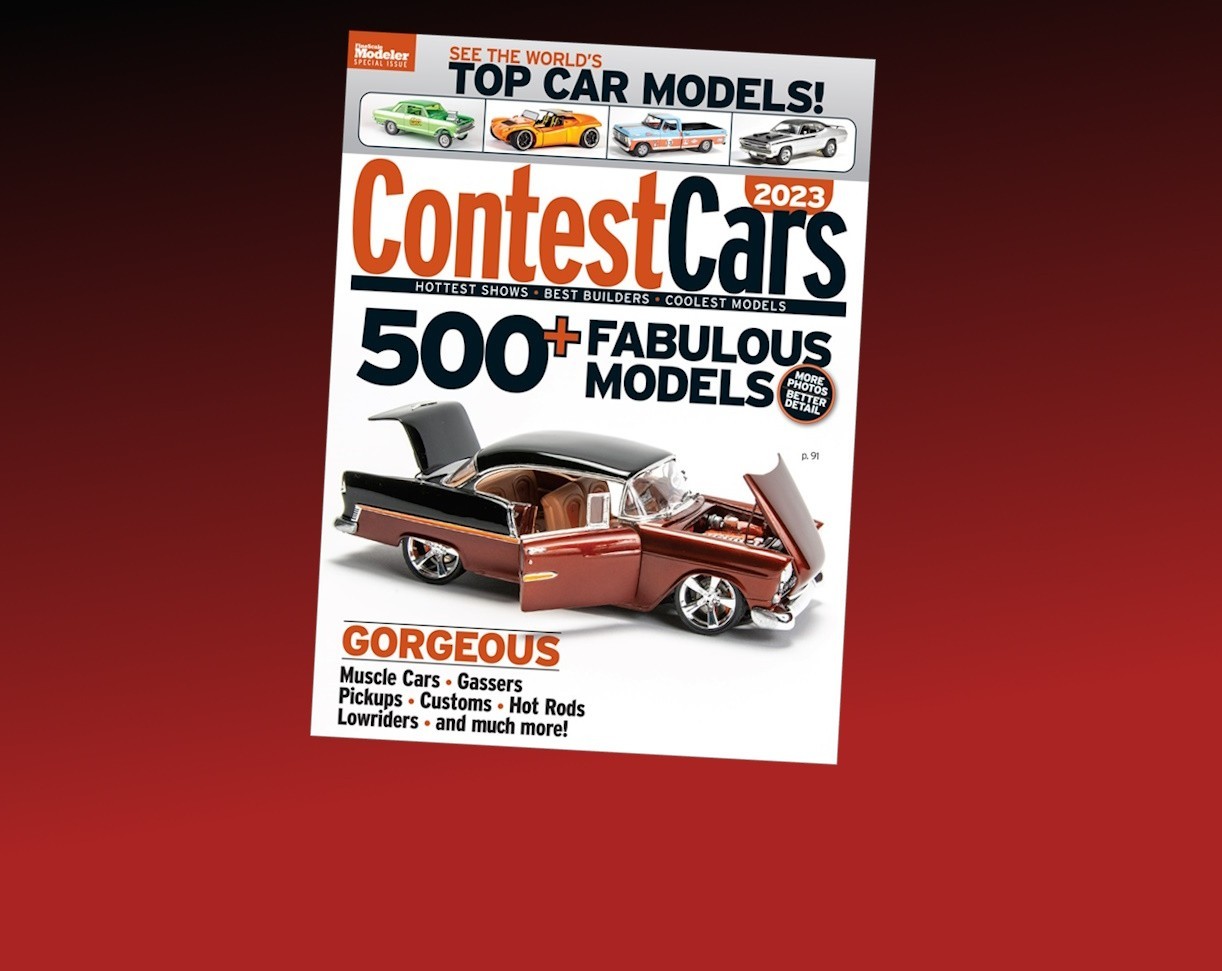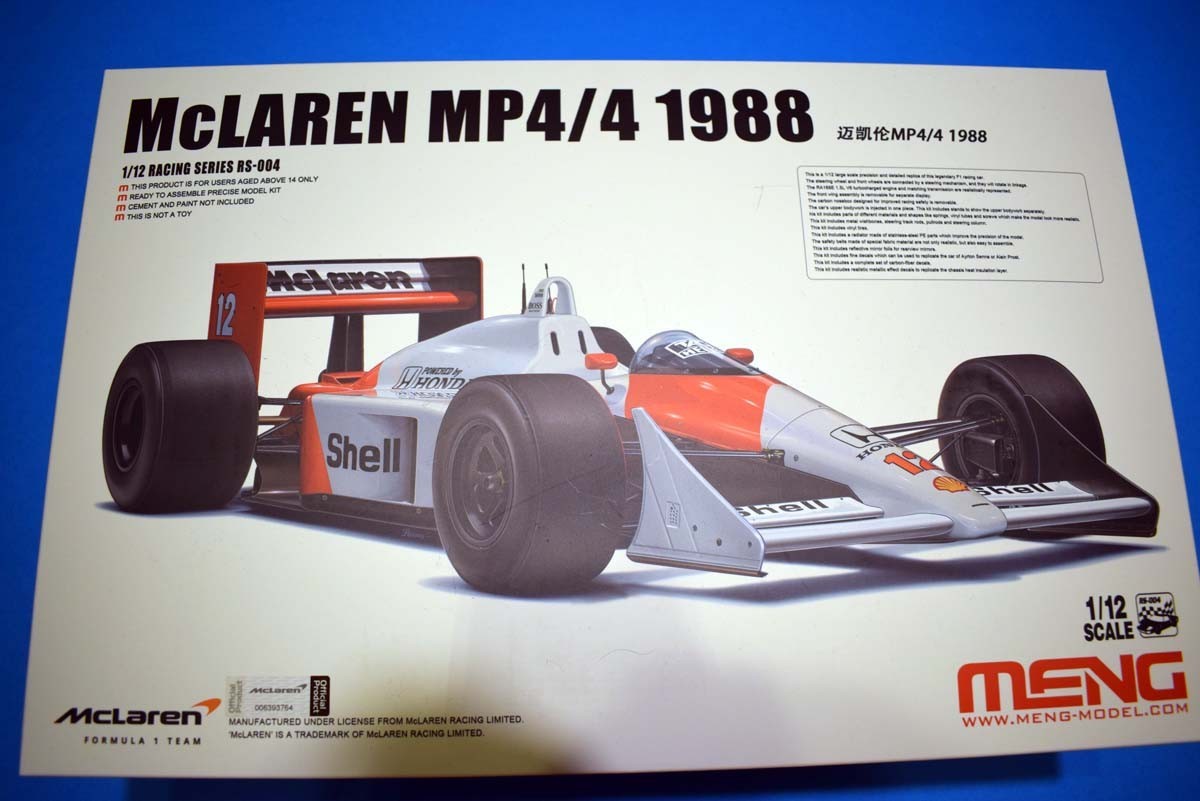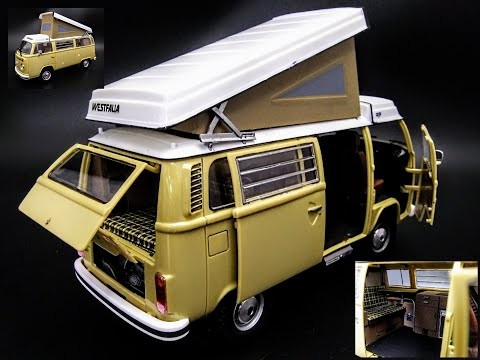
Introduction
Every so often a model kit comes along that drags you away from your comfort zone and pushes you in a new direction. For me, one such kit is Meng’s offering of the McLaren MP4/4. This car was the last of the turbo charged Formula 1 racing cars and was possibly one of the most successful cars of its type dominating the 1988 Formula 1 season. Here we look at Meng’s 1/12th scale version of the McLaren MP4/4.
Review
This offering from Meng arrives in a cardboard tray with a separate card lid. Inside the sprues are individually wrapped. Access for part removal tends to be good, and the gates are of a reasonable size with good access for the most part.
Meng has put a lot of effort into replicating the McLaren MP4/4 and I am going to start with the Honda RA168E V6 turbo engine. Looking over the parts that make up the engine of this model, I believe that you are offered an especially pleasing effort. Looking at images of the engine I am unable to fault what is replicated. If anything, Meng has gone beyond the requirements of the modeller as a lot of this detail will be hidden depending on how you display the finished model. Meng has gone so far as to replicate a good quantity of the various wires and tubes that adorn this engine and while I can see some areas where the modeller can exercise their own skills, overall this is a very pleasing effort. The gearbox is an aspect of the model where I can’t find visual reference, but I am willing to take it on faith that the gearbox is as accurate as the engine is as there is a lot of surface detail present. The drive shafts from the gearbox do have movement built into them, and the wheels are tackled in a way that allows them to rotate. An idea as to how the level of detail has been covered can be relayed to the modeller via a look at the vented discs. The only thing that I have seen missing with regards to that is the cables or pipes going to the disc brakes.
Moving to the cockpit area of the model, for those who wish to build a model without a figure, you get the protective tub in which the driver sits, the shaped and moulded seat, and if not including the figure you get harness detail provided to a high level. The top portion of the tub, which I believe gives the vehicle its strength and is the main protection of the driver has been very well tackled with regards to shape and form, with the cockpit tub itself being screwed into it. The instruments have a dedicated painting guide, which is a nice touch. One aspect that I am struggling with is that there are 2 bars screwed into the front of the tub and a spring is placed between the parts which would indicate to me that the spring is going to do nothing as the parts are screwed in situ. Moving to the front wheel assembly, and Meng has provided white metal parts and so providing a high degree of strength for an area that is relatively thin, and that could be easily broken. The front wheels and steering rack is operational and again goes out to very nice wheel hub assemblies that allow the front wheels to turn. Screws are used a lot in this area of the model and it is nice to see that Meng has provided a screw driver for you to use. One aspect that may disappoint some modellers, is the tyres which are vinyl rubber.
The radiator housings and their duct work has been faithfully replicated as regards what is visible, and you are also provided with vinyl pipeline and a guide for cutting and plumbing is well covered in the instructions, as obviously these cars have a lot of sensors that are replicated. The floor pan is a single piece moulding that screws into the cockpit tub, and it is this floor that can be considered as the structure for bringing all the elements of the model together. Exhaust venting is replicated even if largely hidden be the engine once attached. With the engine itself being both screwed and glued in place. As you progress through the build, I believe you like me, will be very impressed with the level of detail covering engineering features of the vehicle. It almost got to the point where I was expecting to use gaskets on the model.
The spoiler of the vehicle has been tackled in such a way that I believe that the 2 small blades can have their positioning can be altered as on the real vehicle. The nose of the vehicle can be assembled and shown on or off the model, with the wings being tackled in a way that a positive and secure presentation is provided. The body-shell of the vehicle, is also screwed into place and again can be shown off of the vehicle with dedicated stands provided. The wing mirrors have been provided with their reflective mirror foil, and I am pleased to say that the screen is very clear - although it could have been better protected inside the box. An interesting final touch, as regards assembly, is that the central wheel nut that holds the wheel on is a wheel nut and can be screwed on and off via a part provided in the kit. The decals are one of those areas that are going to drive me to drink!! There are a lot!! Which with being a racing car need to be very accurately placed, and with the complex shapes that you are presented with will at least be easier I hope that masking the kit. The decals themselves are suitably thin with good colour saturation and clean edges.
Conclusion
This release from Meng Models is not a cheap kit, but it is an especially well engineered one. All of the details I would expect to find are present, and even supplies options I would not have considered - such as displaying the body-shell off of the vehicle so that most of the internal engineering can be seen to varying degrees. Putting in a lot of thought as to what is present, I cannot think of any real weak areas, as despite its complexity Meng has done a very good job of keeping the kit as easy to assemble as possible, without sacrificing detail and has gone above and beyond when it comes to options of display. I would like to add that on the front of the box, there is a small label listing this as an official McLaren product and has what I believe is a unique number.

